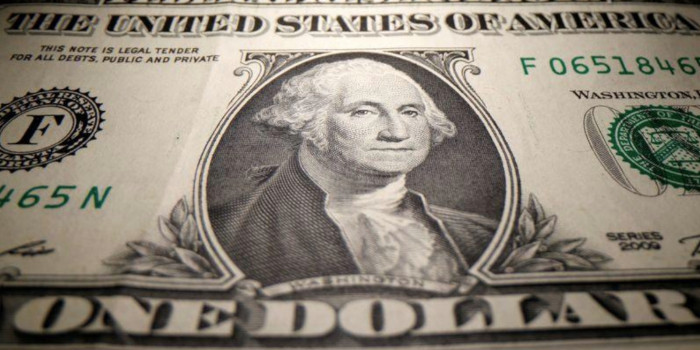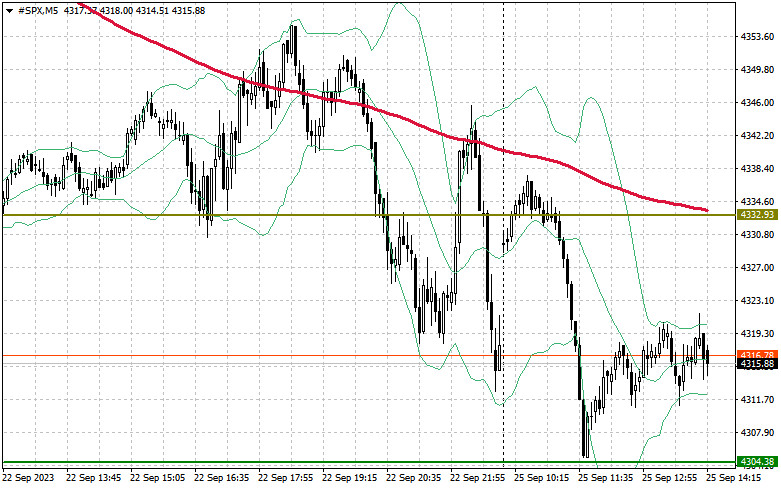
US stock index futures are falling further, trading around weekly lows. S&P 500 futures are down 0.3%, while the tech-heavy NASDAQ has dropped 0.5%. US government bonds also slipped, offsetting earlier gains. Traders anticipate central banks maintaining higher interest rates for longer to combat inflation. The US dollar index has hit its March highs.

Germany's 10-year bond yields have also surged, reaching a 2011 peak. The Stoxx 600 dropped by 0.6% due to issues in the mining sector. Rio Tinto Plc shares plummeted by 5.2% as China's real estate problems impacted the demand outlook for natural resources.
Notably, traders have grown increasingly concerned after the US Federal Reserve's recent decision to keep rates unchanged. Rising oil and other energy costs could reignite inflation, complicating efforts to reduce rates next year. Oil prices are climbing again as investors bet supply cuts will continue impacting demand.
Central banks will need to grapple with rising core inflation metrics in the fourth quarter, including energy costs. As a result, the rhetoric from the European Central Bank (ECB), Federal Reserve (Fed), and other country regulators will lean towards a prolonged tight policy stance.
Recently, several Fed officials hinted at another rate hike in the near future. Borrowing costs might remain high to help the Fed achieve its 2% inflation target. However, some argue further tightening would be a mistake, potentially pushing the country into a recession. Against this backdrop, the yield on 10-year Treasury bonds could quickly revert to 4.75% before softer risk sentiments and tighter financial conditions drive yields down. Currently, the yield is at 4.49%, slightly below last Friday's 16-year high of 4.5%.

Meanwhile, concerns over Chinese developers push investors away from risk assets. Today, China Evergrande Group canceled an investor meeting, amplifying fears about its debt situation.
As for the S&P 500, demand for the index remains weak. Bulls need to take control of $4,332 and $4,357 to cancel the bear market. From these levels, they can push the price to $4,382. Bulls also should take control of $4,405, restoring the market balance. If the index decreases amid a decline in risk appetite, bulls will have to protect $4,304. Breaking through this level, the trading instrument may return to $4,255 and $4,205.